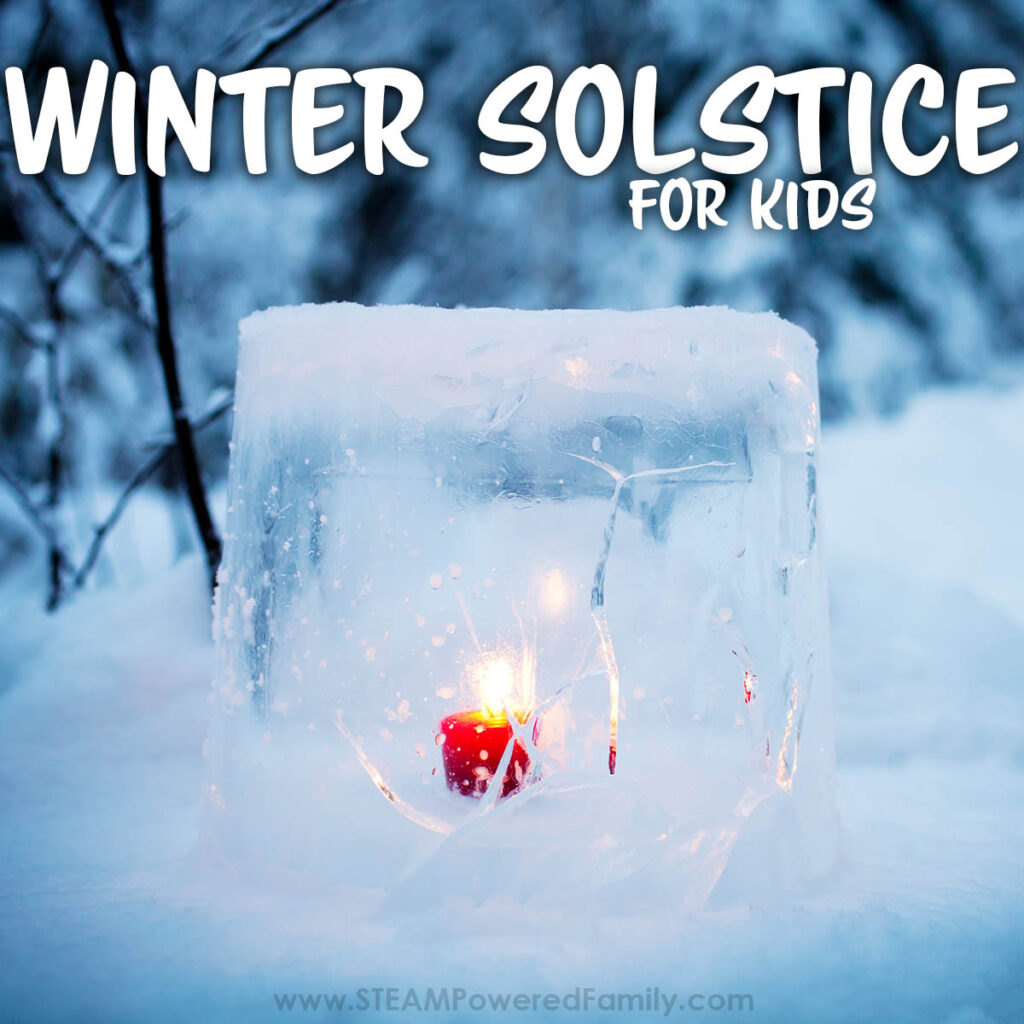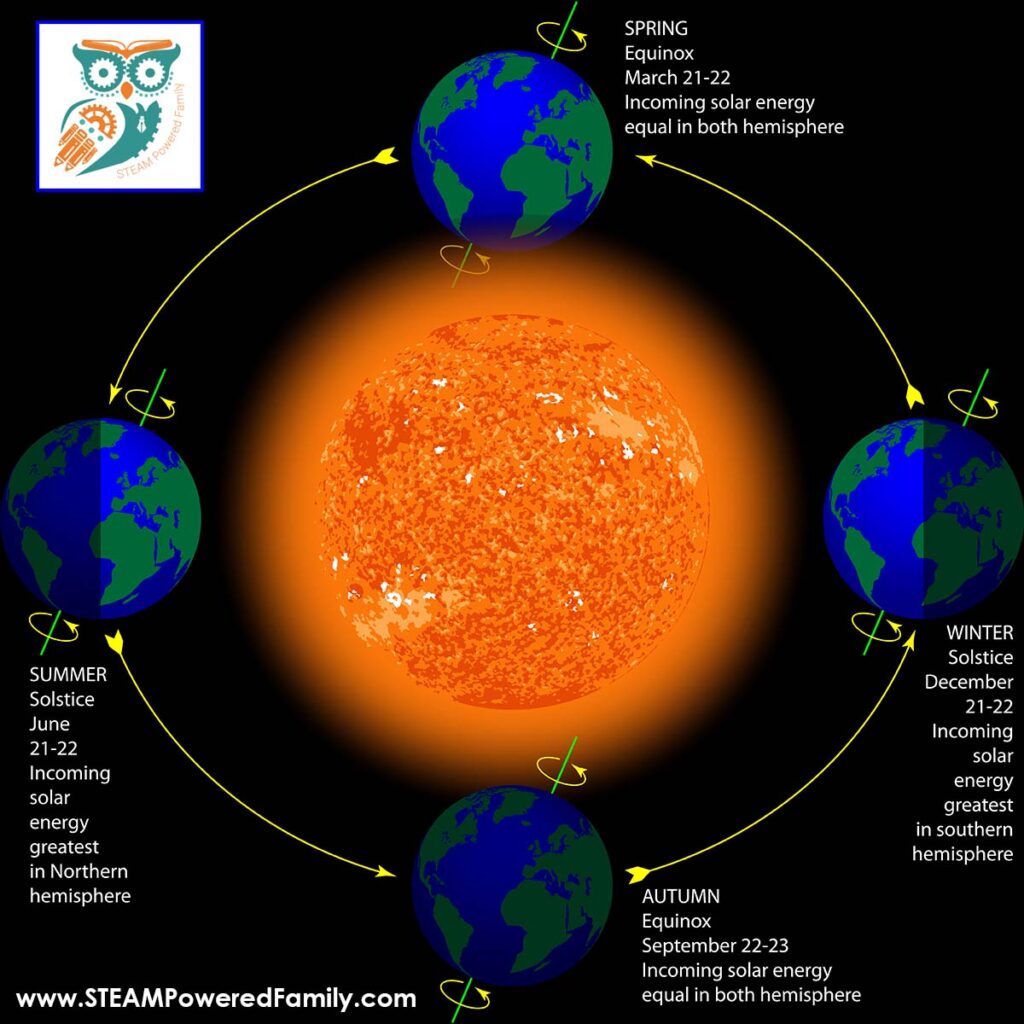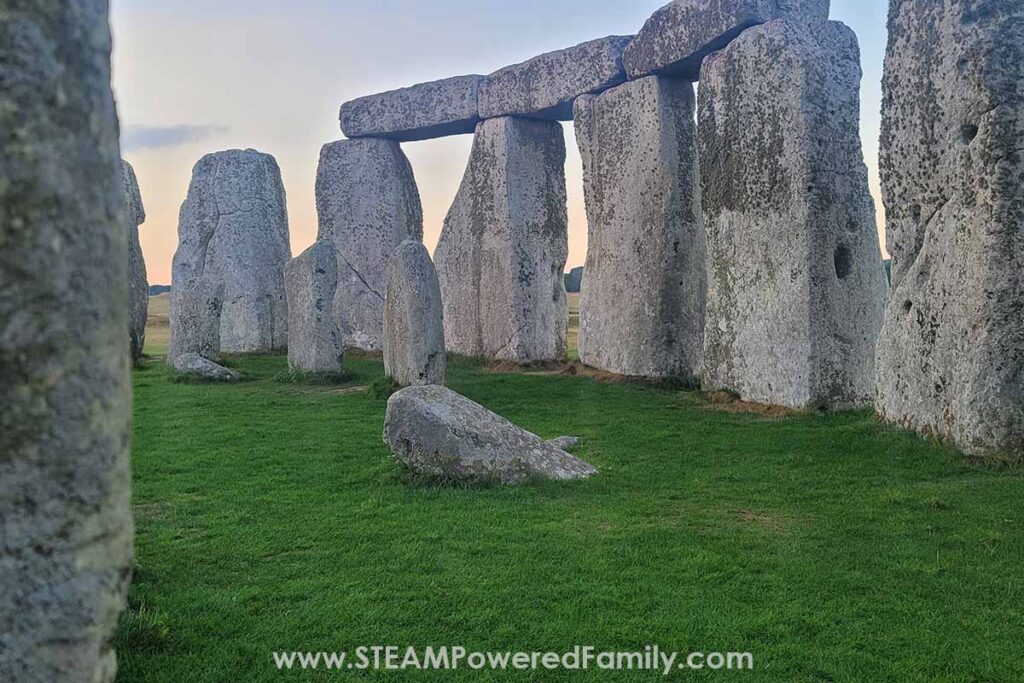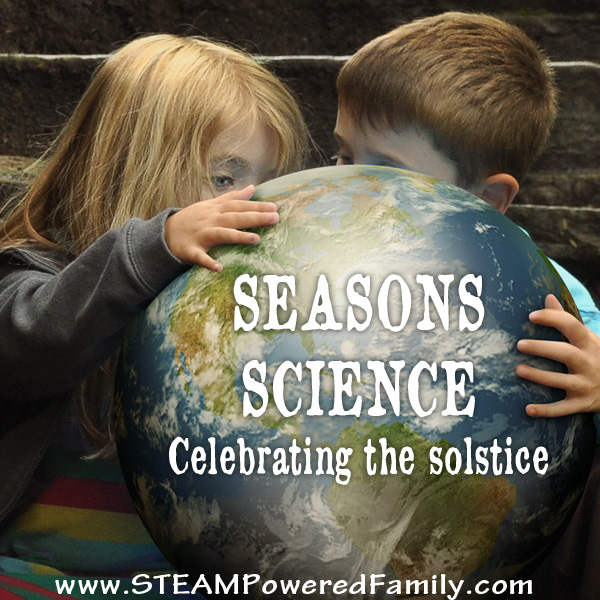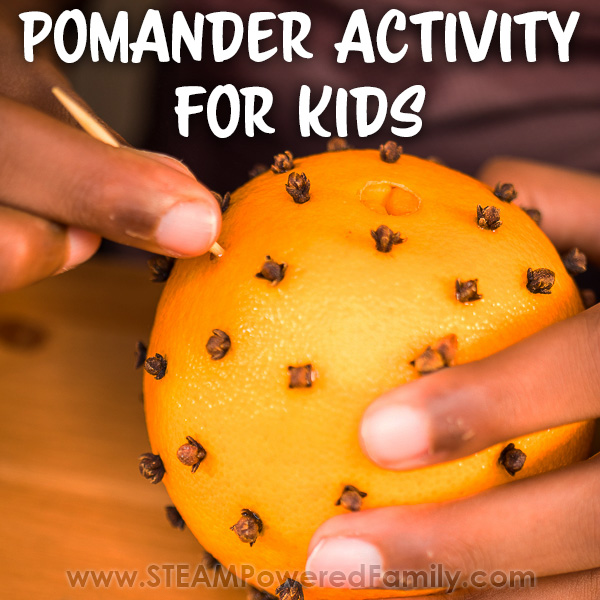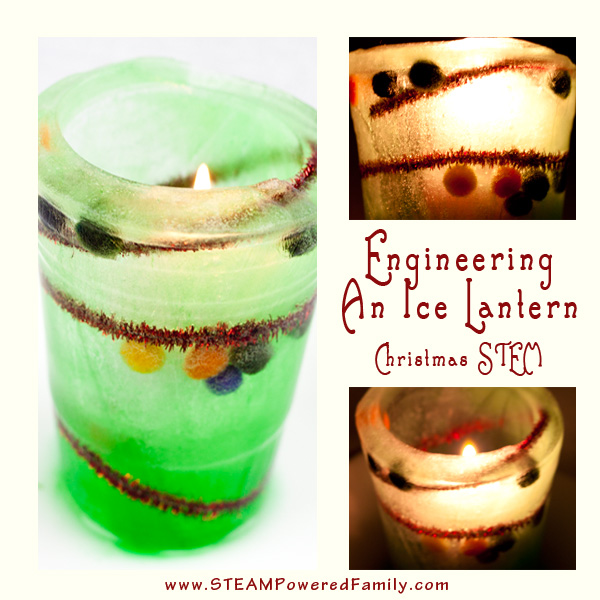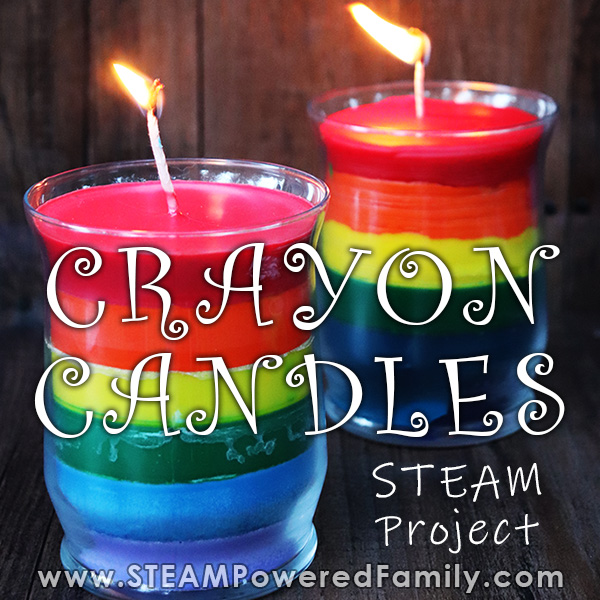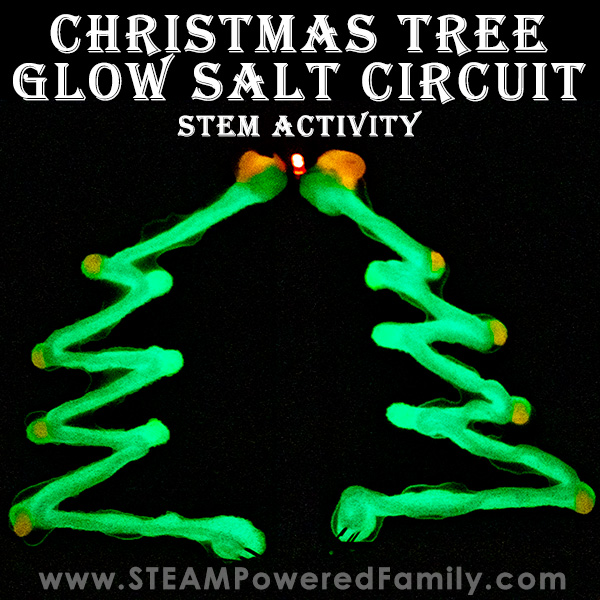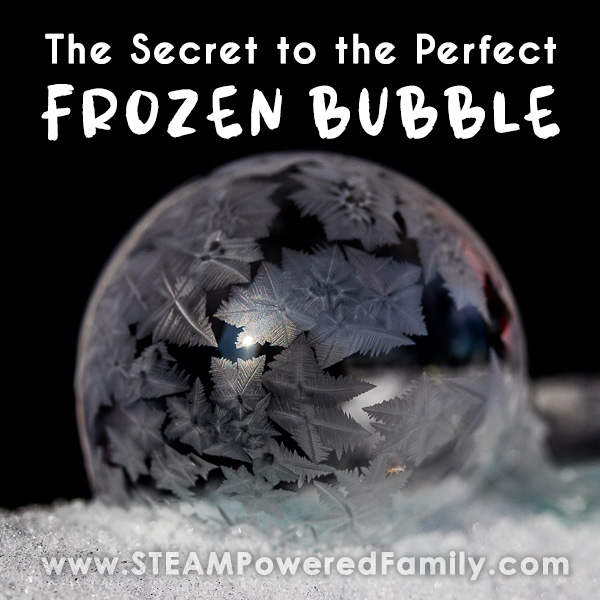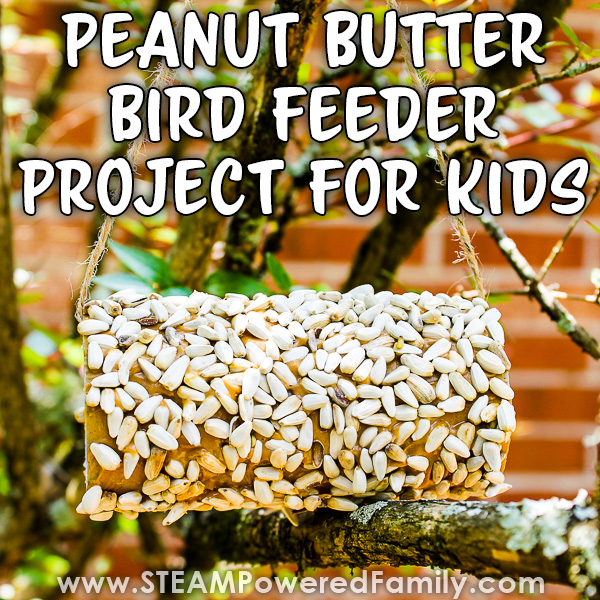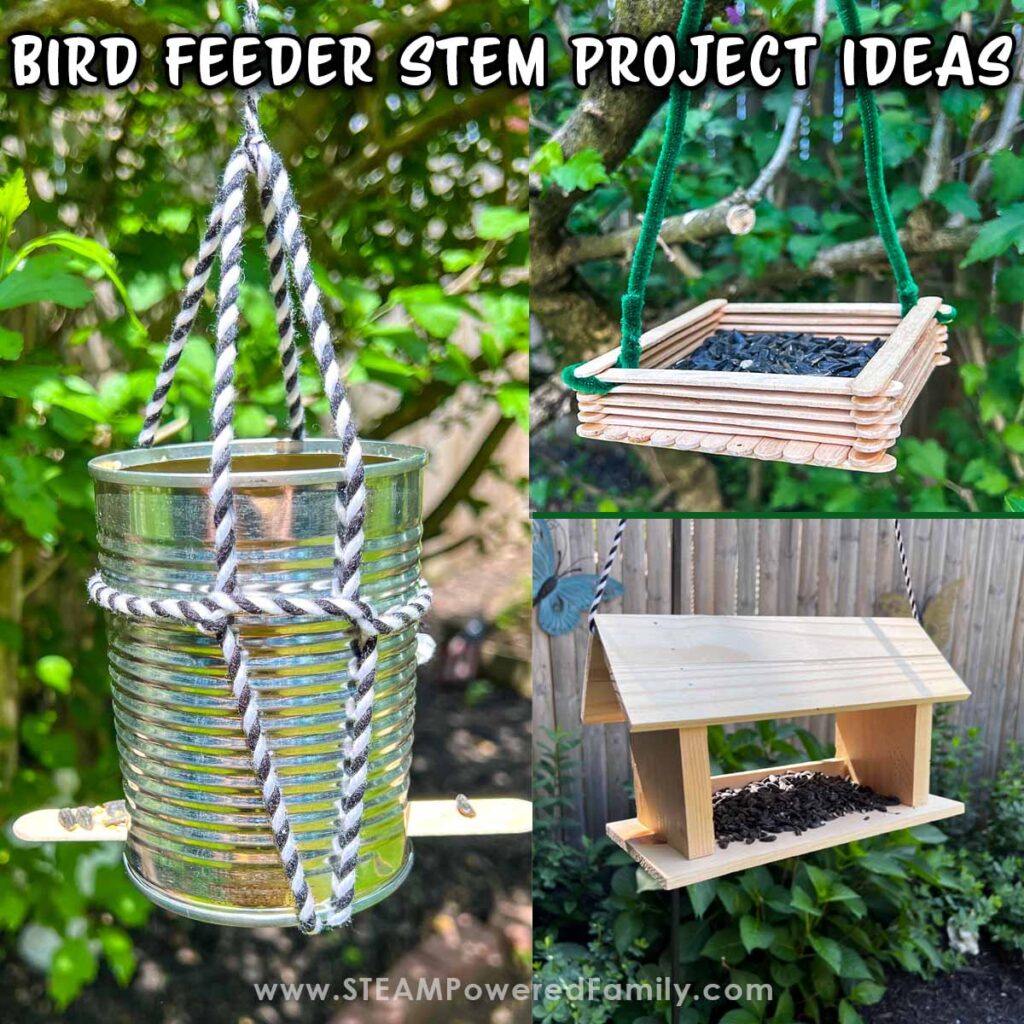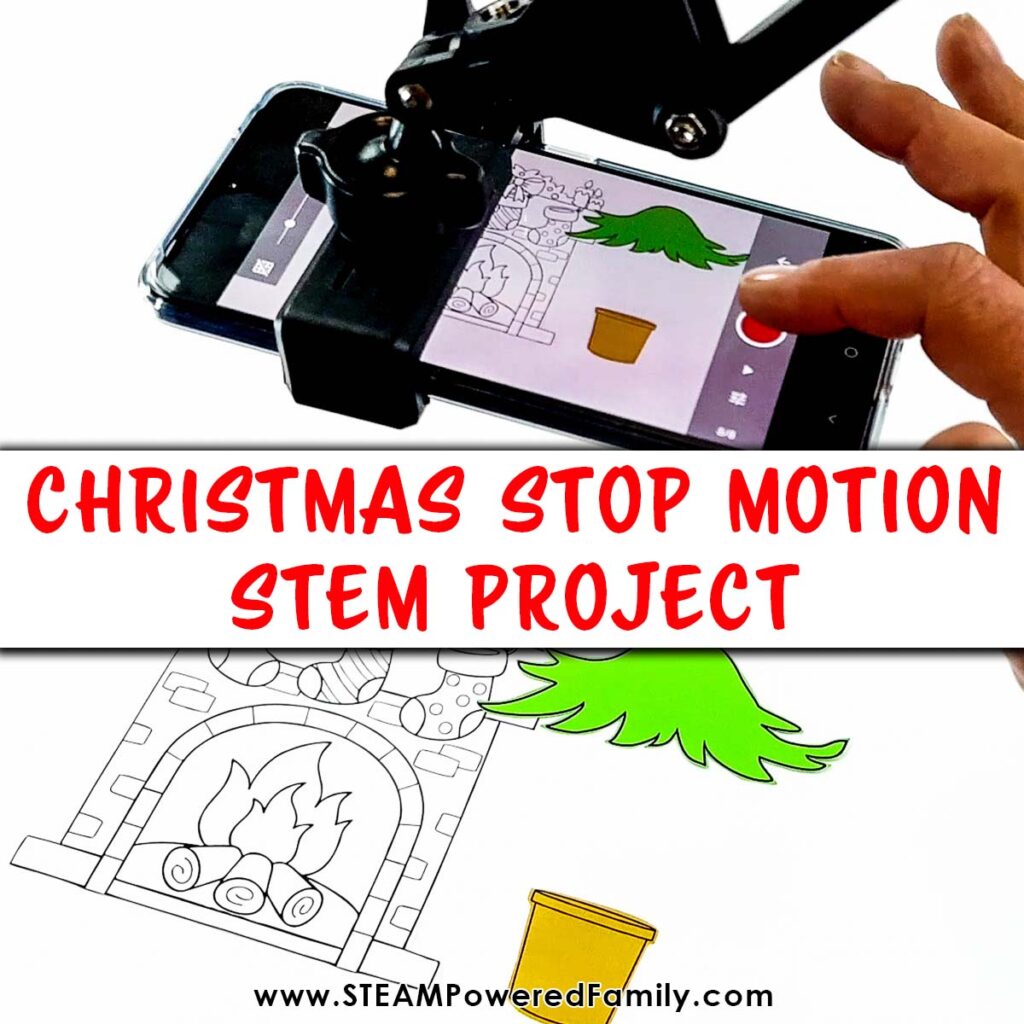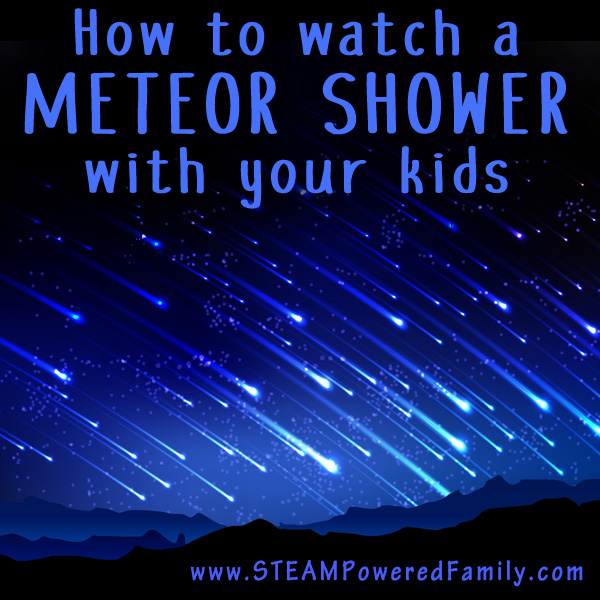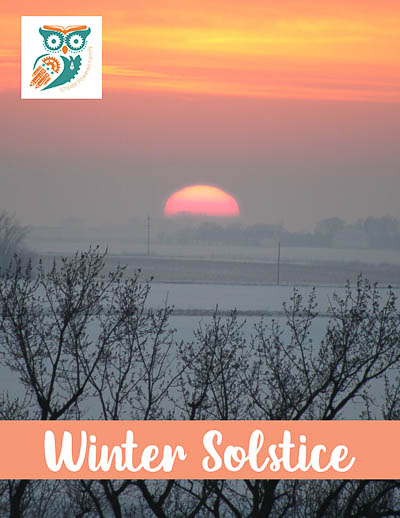Winter Solstice for Kids
Winter Solstice, the official beginning of winter, has been celebrated by people from around the globe for thousands of years. Although traditions vary based on culture and heritage, the winter months are a time of celebration and preparation for the upcoming year. Explore how you can celebrate Winter Solstice with your kids.
Winter Solstice Celebrations and Activities
Disclaimer: This article may contain commission or affiliate links. As an Amazon Influencer I earn from qualifying purchases.
Not seeing our videos? Turn off any adblockers to ensure our video feed can be seen. Or visit our YouTube channel to see if the video has been uploaded there. We are slowly uploading our archives. Thanks!
What is the Winter Solstice?
First, let’s make sure we all understand what the Winter Solstice is. This is not an arbitrary holiday. It is in fact a cosmic event that marks a specific moment in the Earth’s orbit. The winter solstice marks the exact moment when when the Earth’s pole in a specific hemisphere is tilted the farthest away from the sun. Which means the other pole is the closest to the sun, making that hemisphere experience Summer Solstice.
The Winter Solstice is the shortest day and longest night of the year. It is also the first day of Winter.
Depending on where you are in the world this can be a small difference in the sunrise and sunset times, or it could be the sun does not come up at all. It all depends how close you live to the Earth’s pole, and therefore how far you are tilted away from the Sun.
I live at the 53rd parallel North latitude which is close to the North Pole, and on the Winter Solstice we get only 7 hours and 34 minutes between sunrise and sunset on the Winter Solstice. If you go farther North, the amount of daylight becomes smaller and smaller until you reach some communities where the sun does not come up at all during the Winter Solstice.
The Yearly Cycle of Seasons
Our yearly cycle here on Earth includes four seasons: Spring, Summer, Fall and Winter. The changing of these seasons is marked by the Spring Equinox, Summer Solstice, Fall or Autumnal Equinox and Winter Solstice. Where the Solstices mark maximum tilt on Earth’s axis, Equinoxes mark the two dates of the year with zero tilt.
When is the Solstice?
In the Northern Hemisphere this occurs sometime between December 20-22, and in the Southern Hemisphere it occurs sometime between June 20 – 22. The exact time of the Winter Solstice is the same for the entire planet. This means that at the exact second we are celebrating the Winter Solstice in the Northern Hemisphere (and the longest night), those in the Southern Hemisphere will be celebrating Summer Solstice (and the longest day).
You might be wondering why the exact day and time of the solstice varies within a couple of days. This is because Earth orbits the Sun in an ellipse and its orbital speed varies slightly during the year.
To find the exact time of the Winter Solstice this year visit Time and Date. At this link you an also find the exact time of the Summer Solstice, plus Fall and Spring Equinox.
Winter Solstice Traditions
Across the planet, throughout history, and across cultures, the solstice is a time of celebration and festivals. In fact, the winter solstice and the subsequent return of the sun after the shortest day of the year, have made this one of the most important days of the calendar in many cultures. Inspiring celebrations and rituals in various societies around the world. Our ancestors recognized the importance of this change in our planet and often marked it with festivals, feasts, and more.
Some of the festivals that occur around the time of the Winter Solstice (although they may not be on the exact day) are: Christmas, Yule, Saturnalia, Hanukkah, Kwanzaa, St. Lucia’s Day, Lohri, Shab-e Yalda Night, Toji, Soyal, Inti Raymi, Dong Zhi, Shalako and more. Each solstice celebration has its own traditions often with feasts, lights, worship and celebration.
Solstice Ancient Monuments
Our ancient ancestors felt the solstice important to celebrate and many monuments have been built to mark this important day.
Some of the monuments include:
- Stonehenge, England
- Newgrange, Ireland
- Maeshowe, Scotland
- Goseck Circle, Germany
- Tulum, Mexico
- Stone lines at Cerro del Gentil pyramid, Peru
I have been honoured to have spent time at both Stonehenge and Tulum and the energy and history wrapped up in these ancient monuments is incredible.
Have your students do some research on these sites to learn more about how ancient people may have celebrated the solstice.
Winter Solstice Activities
You can celebrate the longest night of the year with your kids and create your own traditions and ways of marking this important day. Here are a few innovative ideas you can add to your celebrations.
Solstice Science Demonstration
First we have a really simple but effective way to demonstrate how the seasons change as the Earth tilts on its axis.
Make Yule Pomanders
This is a traditional activity that is so simple, yet smells amazing and instantly becomes a family favourite tradition. Trust me, just do this with your kids. It is one of my personal favourites.
Make Ice lanterns
With the longest night of the year comes prolonged darkness, and that lack of sunlight can affect people which is why bringing light to their celebrations is important. Lantern festivals are common as a way of bringing light to the darkness and herald the turning of the seasons as the days start to lengthen again. This easy activity involves making Ice Lanterns which you can place outside in the cold.
Make a Candle
Another way to bring light is to make candles. You can use old crayons or make beeswax candles to bring a warm glow to your celebrations.
Celebrate Earth’s Circuit with a Circuit
The Earth’s Orbit is like a circuit, mark the Winter Solstice by making a glow salt circuit and bring a STEM glow and guiding light to the longest night of the year.
Winter Marshmallows for Hot Chocolate
Nothing says winter like cozying up with a hot chocolate. This year, why not embrace some kitchen science and make homemade marshmallows to go with your hot chocolate?
Frozen Bubbles
Is it cold where you live? Like really cold? Then embrace the beauty of the season by making Frozen Bubbles. Every bubble is unique and different, as the frost crystals form just like snowflakes. So beautiful!
Make a Bird Feeder
The Winter Solstice marks the beginning of some of the coldest weather we will experience here. Often we will make special bird feeders to help care for our backyard birds that winter here. This helps ensure they are well fed going into some severe cold snaps.
Winter Solstice Stop Motion Animation
Bring the Winter Solstice to your computer science class by having your students do a Stop Motion Animation project. They could make a festive card to celebrate the solstice, or challenge your students to do a stop motion animation project demonstrating how the seasons work as the Earth tilts on its orbit.
Star Gazing
On the longest night of the year, why not take advantage of the extended night skies and do some star gazing? Although it isn’t the peak of the shower, you might even get lucky and see some shooting stars from the Geminid Meteor Shower.
Winter Solstice Classroom Printable
If you are looking for a printable for your students, we have a great one available in the STEAM Powered Family Shop.
Sometimes the best way to celebrate is simply by connecting as a family. Burn a Yule Log, make a wonderful family feast and eat together sharing stories, curl up and read, go for a walk and take in the changing seasons around you.
Whatever you decide to do to celebrate the Winter Solstice, marking the seasons is a wonderful way to help kids connect with the natural cycles of our world. This in turn helps them feel more grounded, more connected, and can lead to better mental health.
Happy Winter Solstice!
Looking for more? Check out our guide to the Spring Equinox for Kids or Summer Solstice.


